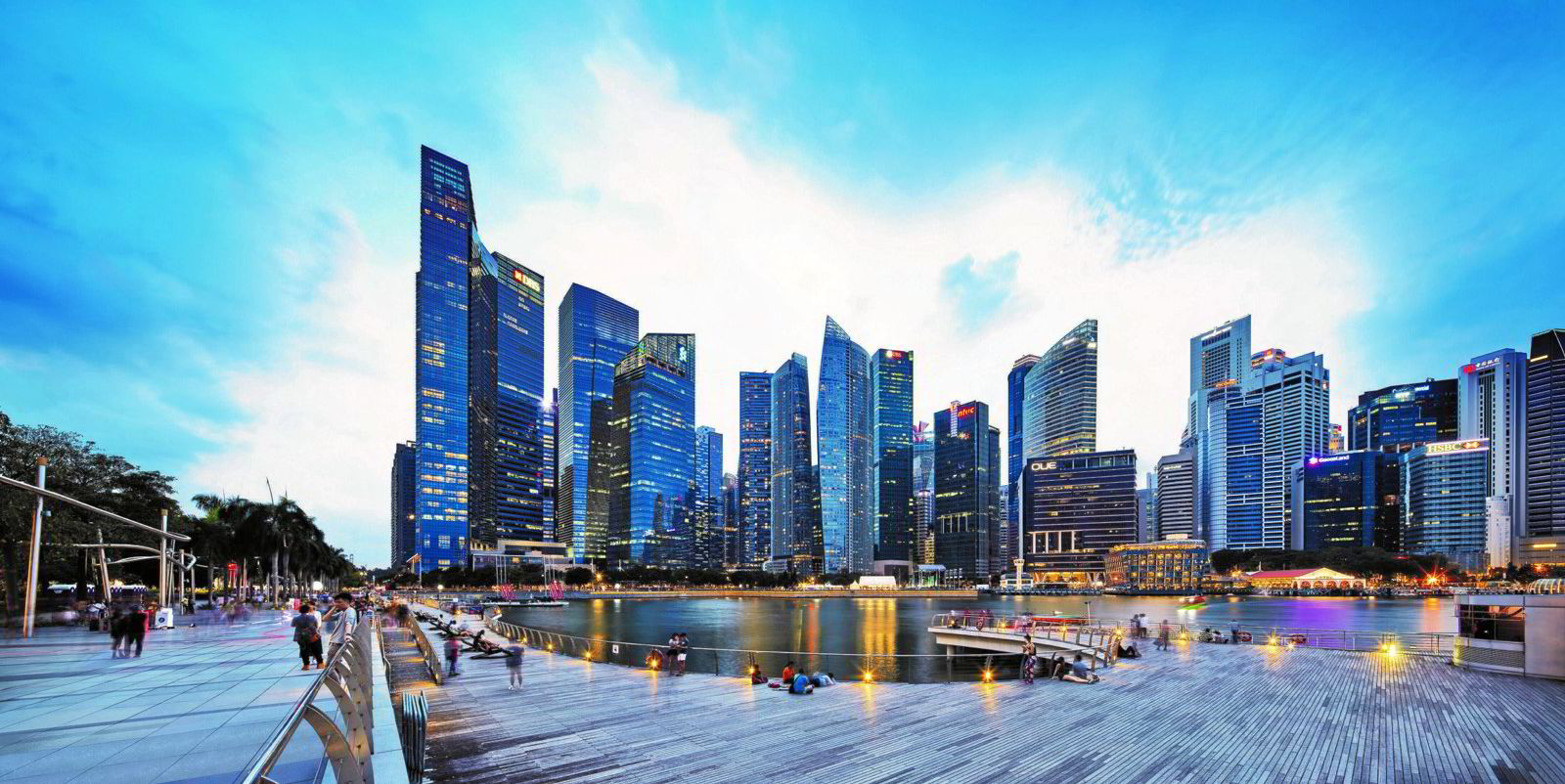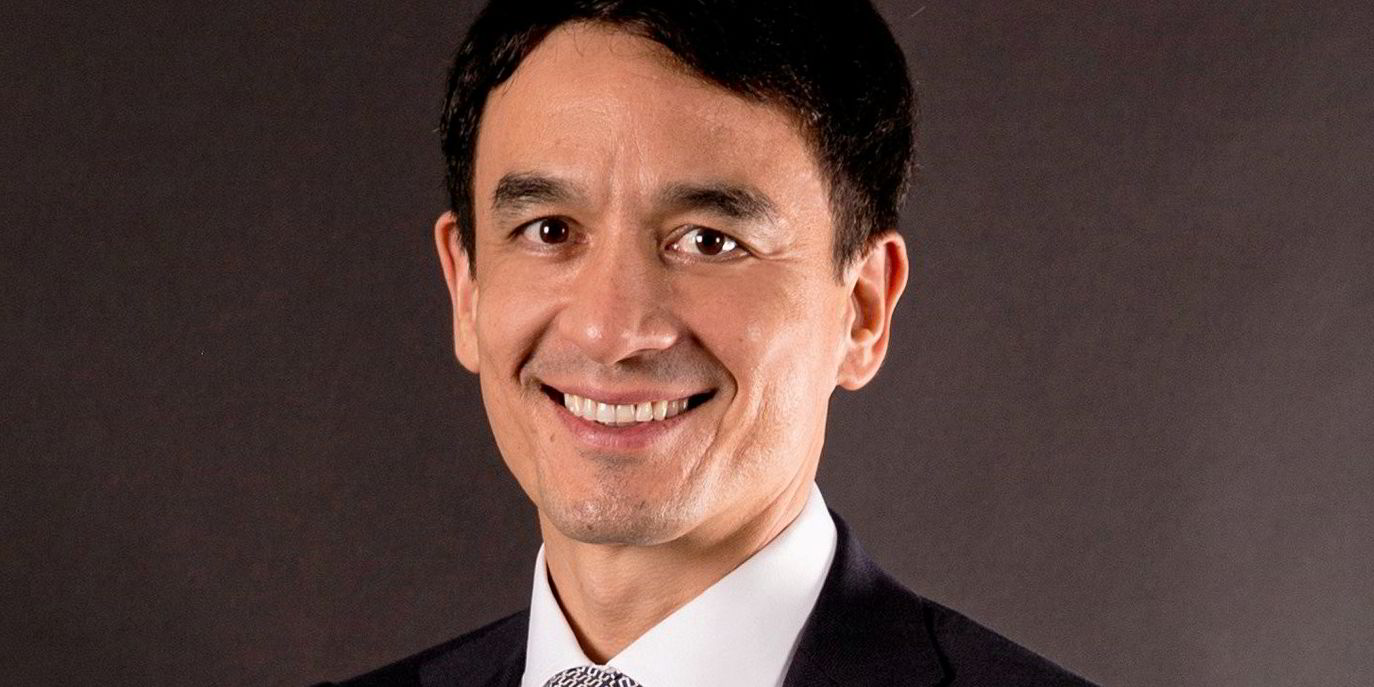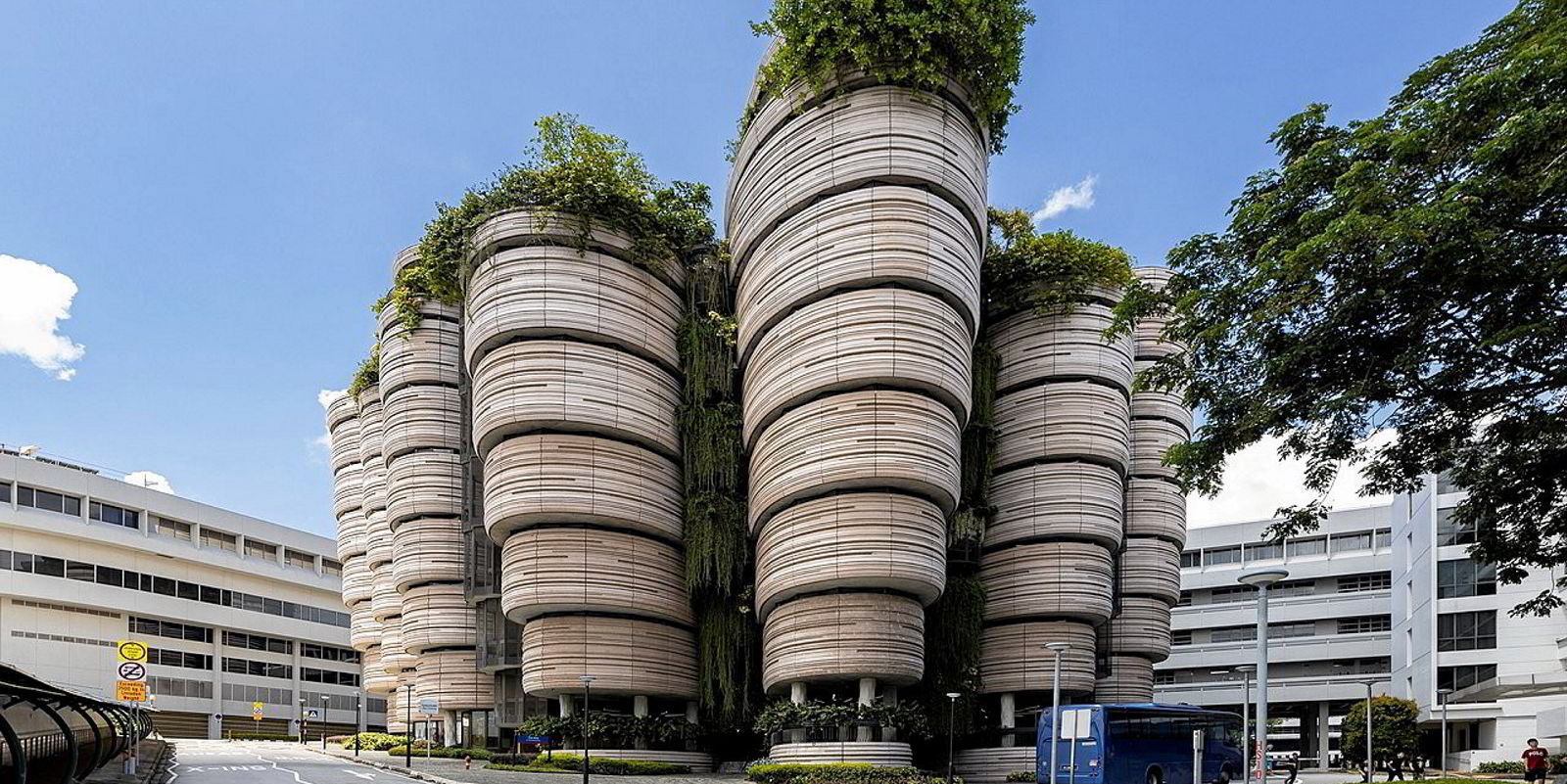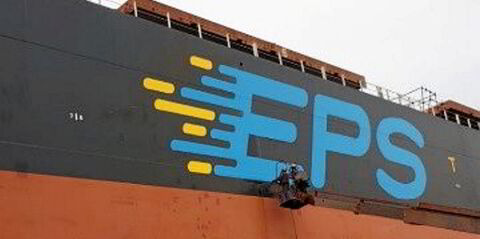Singapore is fast becoming a hotbed for alternative bunker fuel research after Keppel Corp and AP Moller-Maersk announced plans for a feasibility study into the practicalities of using ammonia as a bunker fuel in the city state.
The two respective giants of the offshore and liner sectors are also teaming up with Fleet Management, Maersk Mc-Kinney Moller Center for Zero Carbon Shipping, Sumitomo Corp and Yara International in the study.
The aim of the feasibility study is to set up “one of the pioneers” in establishing a comprehensive and competitive supply chain for the provision of green ammonia ship-to-ship bunkering in Singapore, the world’s largest bunkering port.
The participants said it will examine the development of a cost-effective green ammonia supply chain, design of ammonia bunkering vessels, as well as related supply chain infrastructure.
The study will assess the supply of ammonia including potential synergies with LPG as a starting point.
“Considering the comparable requirements for mild refrigerated storage, vessels or barges initially designed for LPG can also handle brown, blue and green ammonia,” Keppel said.
Green ammonia is carbon-free ammonia synthesised from nitrogen and carbon-free hydrogen produced from renewable energy, while blue ammonia is carbon-neutral ammonia produced from natural gas, with the CO2 produced from the processes captured and prevented from entering the atmosphere. Brown ammonia is conventional ammonia produced from natural gas.
“Alongside methanol, at AP Moller-Maersk we see green ammonia as an important future fuel for the decarbonisation of our fleet,” Morten Bo Christiansen, Maersk’s head of decarbonisation.
It is key to understand the complete life cycle and safety implications of any future fuel across the supply chain
Bo Cerup-Simonsen, chief executive of Maersk Mc-Kinney Moller Center for Zero Carbon Shipping
“A dual-fuel ammonia engine is currently under development, but for green ammonia to fuel our vessels in the future we also have supply, infrastructure and safety related challenges to solve, not least when it comes to bunkering operations.”
Gaps in infrastructure
Bo Cerup-Simonsen, chief executive of Maersk Mc-Kinney Moller Center, said it was key to understand the complete life cycle and safety implications of any future fuel across the supply chain.
“This project will address gaps in infrastructure and regulation and bring forward the solutions needed for safe operations and bunkering of ammonia in ports,” he said.
Keppel said emitting zero CO2 when combusted, ammonia has long been considered as one of the most promising alternative marine fuels to reduce greenhouse gas emissions within the shipping industry. That makes it potential tool in meeting the International Maritime Organization's strategy to cut CO2 emissions in half by 2050, relative to 2008 levels.
In particular, the yard group said green ammonia possesses great potential as it is produced from only renewable electricity, water and air with no CO2 emission.
Last month Singapore-based BW Group's chairman, Andreas Sohmen-Pao, said he believed the city-state had all the attributes to become a global hub of maritime decarbonisation.

As a major maritime centre and the world’s leading bunker port, he said it can play a role in the development of new fuels and efficiency measures to help the industry meet its decarbonisation goals, while generating beneficial outcomes for Singapore.
The country is already involved in a number of studies by various groups related to ammonia as a potential bunker fuel.
Earlier this year, US classification society American Bureau of Shipping said it had teamed up with a top Singaporean university to explore the potential of using ammonia for bunkering.
The study with the Nanyang Technological University (NTU) will look at safety protocols and possible gaps in the supply chain of ammonia in such a role.
Last June, Japan’s Itochu Corp and terminal operator Vopak got together to carry out a study into the potential use of ammonia as a bunker fuel in Singapore.
Earlier this week, Singapore-based Eastern Pacific Shipping said it planned to convert part of its fleet of vessels that use conventional fuels to instead run on methanol or ammonia.
The project will be undertaken in partnership with MAN Energy Solutions and OCI NV, a major global producer and distributor of nitrogen and methanol products.





